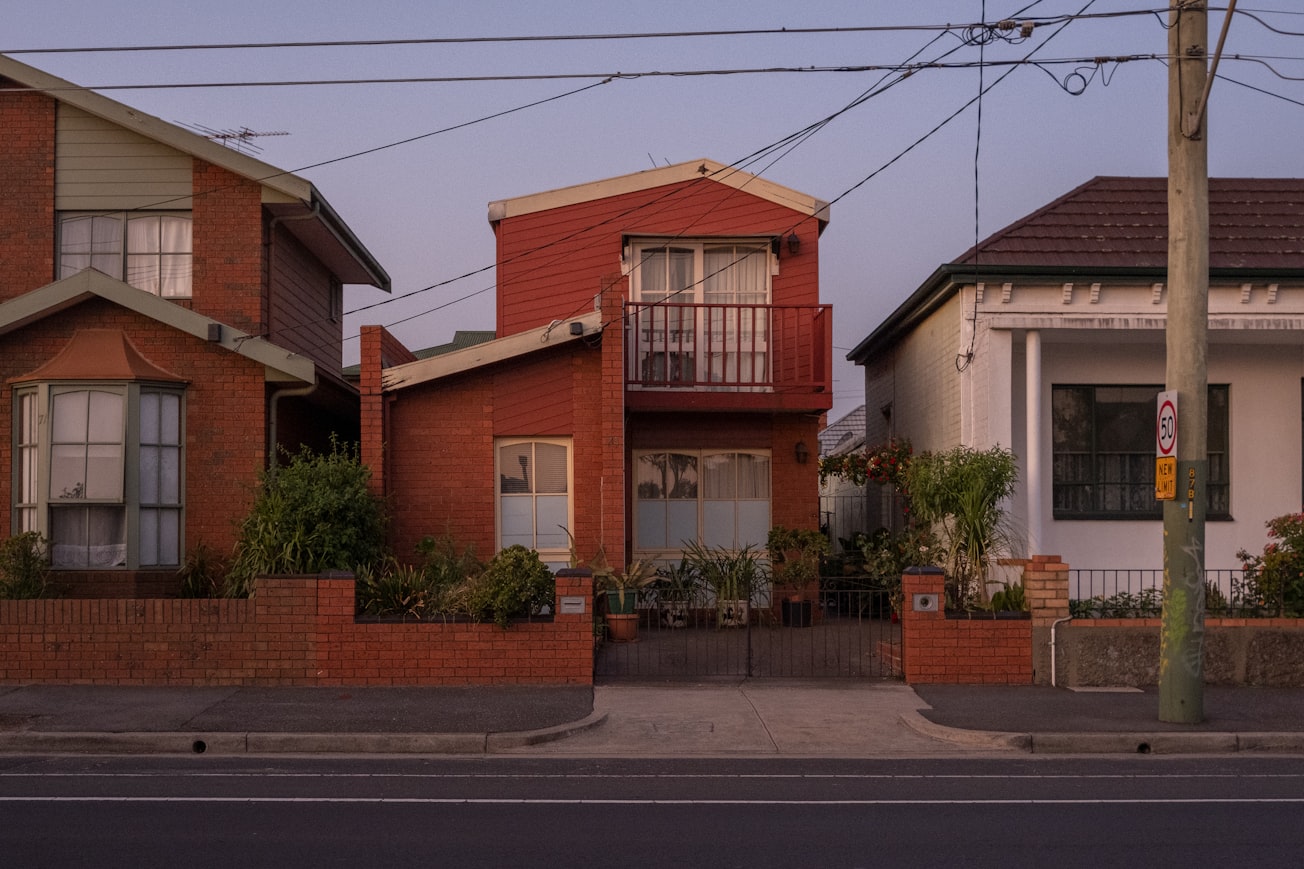What is it about?
The COVID-19 pandemic saw residential neighbourhoods become more of a focal point in people’s lives, and changes since then, for example, a greater degree of remote working, have also meant that people are spending greater amounts of time in their residential locality for living, working, and leisure. This study investigated whether individual’s perceptions of their neighbourhood conditions, and an objective measure of area-level deprivation, influences people’s mental health. The data for this study come from Healthy Ireland, a nationally representative annual survey of adults in Ireland. It collects core information on their health and wellbeing, health behaviours, as well as one-off themes of interest (e.g., sun protection, sleep, menstrual health etc.). The 2016 Healthy Ireland survey enquired about people’s perceptions of their neighbourhood, and level of social connectedness, with a sample for analysis of almost 7,500 individuals. Three different indicators of mental health were gathered in the survey, providing multi-faceted view of the state of mental health. The first, poor mental health, was captured by the Mental Health Inventory index (MHI-5); a second indicator concerning positive mental health, was derived from the Energy and Vitality Index (EVI) instrument; and the third indicator relates to a question concerning whether an individual had suffered with depression in the previous 12 months. Respondents were asked to rate the degree to which their local area had problems in terms of public drunkenness, racism, and house break-ins, which for the purposes of this study could be grouped as a measure of ‘area-level safety’. They were also asked to rate whether there were issues with graffiti, rubbish, and vandalism in their vicinity, grouped as an ‘area-level cleanliness’ measure. A third measure of ‘area-level service’ provision comprised of ratings of public transport, open spaces, and food shops. The Hasse Pratscke index also provided an objective measure of area-level deprivation for the respondent’s home location. We used statistical methods to explore the association between living in areas of various levels of deprivation, and ratings of neighbourhood factors, on the three mental health measures. The analysis accounted for the respondent’s sex, age, socio-economic and health status, as well as entitlements to publicly-financed GP care i.e., holding a medical card or GP visit card, having private health insurance, and whether the respondent reported membership of a social group/club. Statistical modelling revealed that residing in more deprived communities did not in itself have a discernible impact on mental health status (as measured using the Mental Health Inventory-5 instrument and the Energy and Vitality Index), or likelihood of having suffered depression in the previous 12 months. However, positive perceptions of area safety, service provision, and area cleanliness were associated with better mental health, as was involvement in social groups.
Featured Image

Photo by Cameron Tidy on Unsplash
Why is it important?
The findings of this investigation suggest that residing in an area characterised by area-level deprivation does not have a statistically significant association with the mental health of adult residents of Ireland across three different measures of mental state. However, social connectedness, as measured by membership of social groups or clubs, is associated with beneficial mental health outcomes. The results also reveal that area safety, cleanliness, and service provision can influence mental health. Such findings may advise that more broad ranging policies and investments in communities, for example in social groups, crime prevention, safety measures and the provision of open spaces and public transport could be advantageous for mental health.
Read the Original
This page is a summary of: Area-level deprivation, neighbourhood factors and associations with mental health, PLoS ONE, January 2023, PLOS,
DOI: 10.1371/journal.pone.0281146.
You can read the full text:
Contributors
The following have contributed to this page










